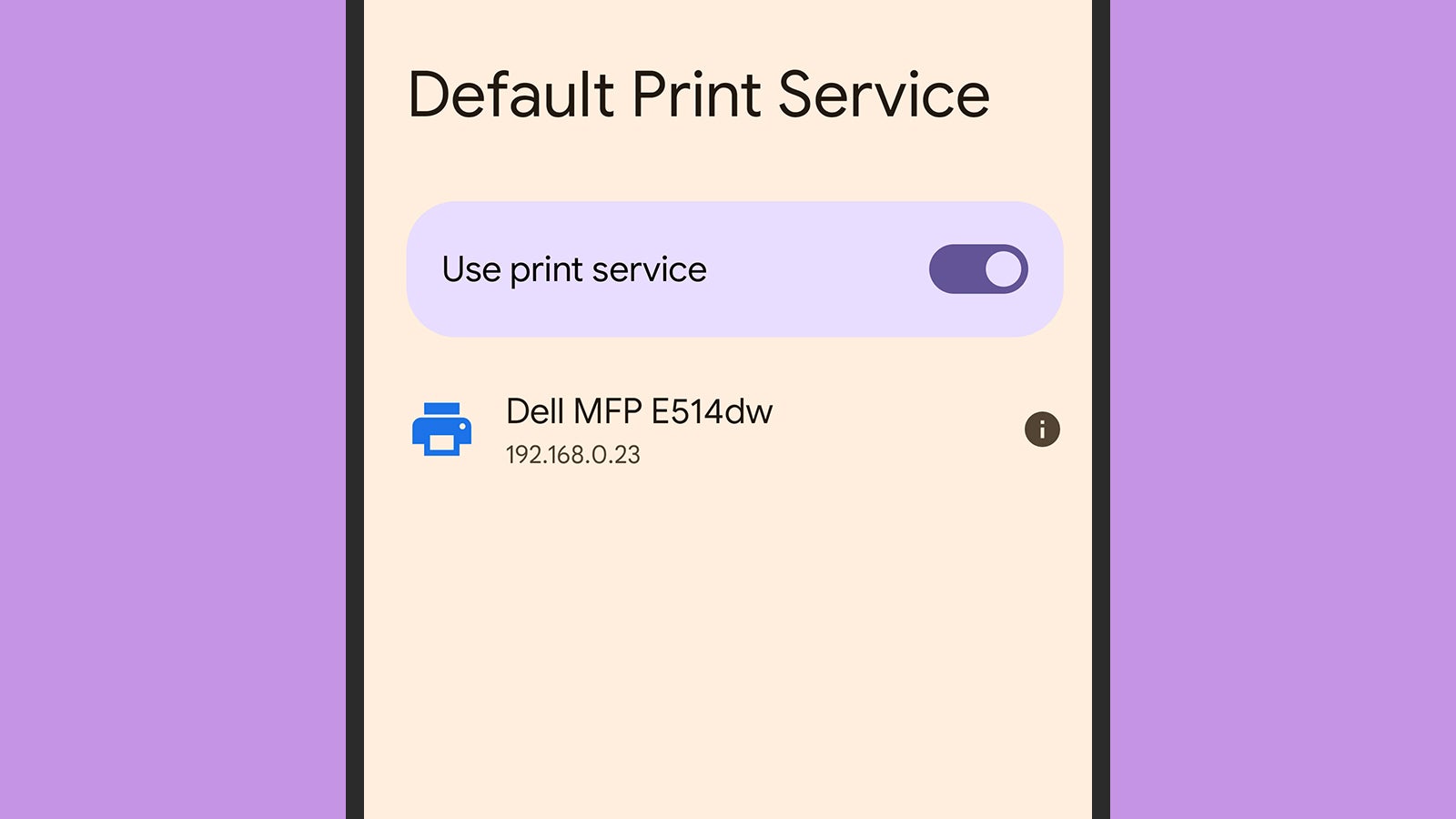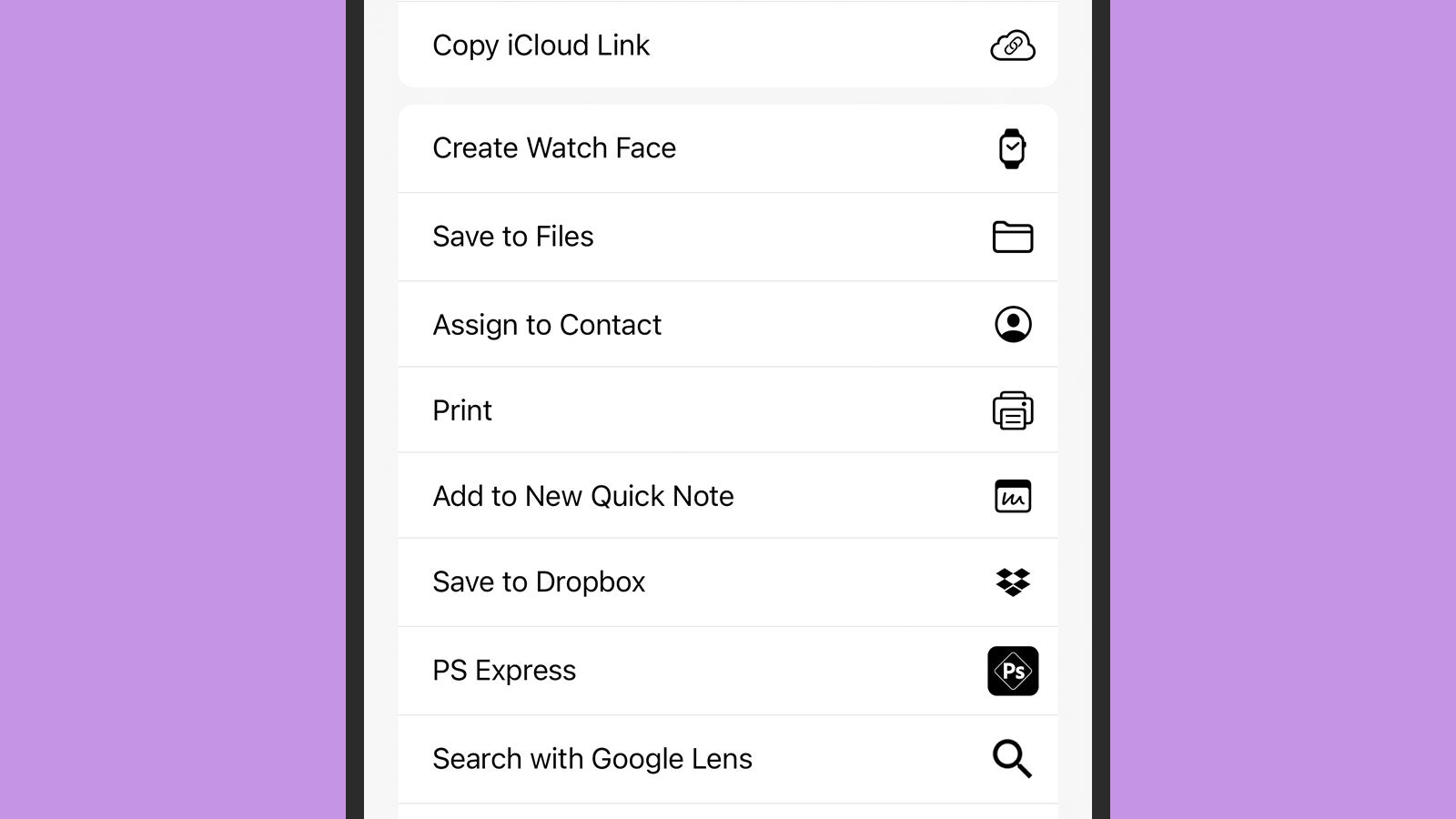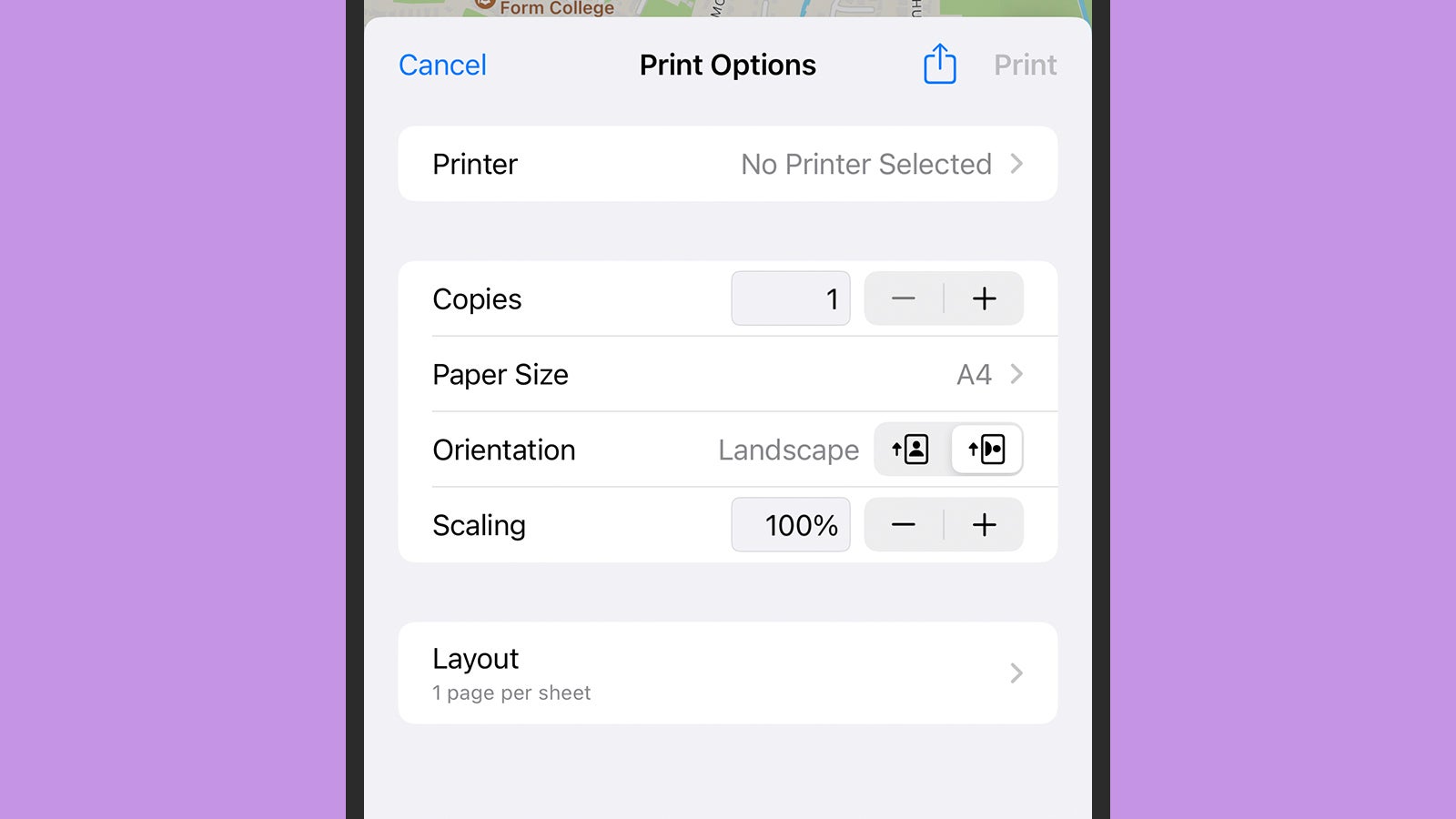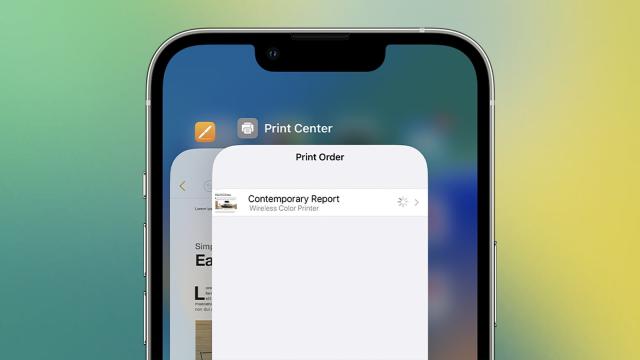We’re still not living in a fully paperless world, and all kinds of documents still need to be printed now and again: Application forms, quiz sheets, training materials, wedding speeches, and more all need to be in physical form for one reason or another. However, you don’t necessarily need to have a laptop or desktop computer on hand to get your printouts, because your phone or tablet can do the job as well.
To some extent, the way you go about this is going to depend on the printer you’re using — some printer manufacturers develop mobile apps which makes the process more straightforward — but here we’re going to take you through what your options are and the steps you’ll need to take, no matter what phone or printer you’ve got.
Printing from Android
Your first port of call for printing from Android devices should be the Play Store, to see if the manufacturer of your printer of choice has made an Android app available (you may well have installed it when you set up the printer). Sometimes, there will be more than one: Epson offers both iPrint and Smart Panel, for example, and which one you need depends on the specific model of printer you’re using.
These apps sit between Android and your printer and handle everything for you, from finding the printer in the first place to making sure the right data gets sent to it. Typically, you’ll go into these apps to print files stored on your Android device or in the cloud, rather than opening an app like Google Docs or WhatsApp and printing from there.

Android does include basic wireless printer support, no manufacturer app required, if your printer is on the same wifi network. On Pixel devices (other Android devices will have a similar option), open Settings and then choose Connected devices, Connection preferences, Printing, and then Default Print Service. If your printer is compatible with Android through this mode, you’ll see it listed (make sure it’s switched on and online).
Some printers, including most HP models, let you connect up an Android device via a USB cable and print that way instead — it’s a convenient option if it’s supported by the printer you’ve got. If you’re shopping for a new printer, then you might want to look for wired or wireless Android compatibility, as it’s going to make printing much more straightforward.

When it comes to the actual printing, it’s worth pointing out that you won’t be able to print from absolutely any app — it depends on what the developer has done. In some apps, you’ll see a Print option when you tap the share button, in amongst the option to send files to your contacts or to beam them somewhere else using Nearby Share.
Other apps will have print options built right in, especially those that are primarily for handling documents. In Google Docs for Android for example, you can open a document then tap the three dots (top right) and choose Share and export and Print. If you want to print out something from Google Chrome for Android, meanwhile, you can tap the three dots (top right), then Share and Print.
Printing from iOS or iPadOS
If you want to print from an iPhone or an iPad, the official route would be to use AirPrint — like AirPlay, but for printing. If the printer you’ve got or are planning to get is AirPrint ready, then your Apple mobile device will be able to find it easily, assuming it’s connected to the same wifi network as your iPhone or iPad.
With an AirPrint printer, you should be able to tap the share button in your app of choice, and then Print from the options that appear. The next screen shows you a preview of how your printout is going to look, and you’re able to set basic options such as the scaling of the printout and whether the output is in landscape or portrait mode.

Take Apple Safari for the iPhone, for example: If you’ve got a webpage on screen that you need in physical, printed form, first tap the share button (the arrow pointing out of a box, in the centre at the bottom), then choose Print. Select the printer you want to use, the number of pages you want to include, the scaling and layout of the pages, and the other available options before tapping Print.
All is not lost if you’re not working with a printer that supports AirPrint: As on Android, many printer manufacturers develop iOS and iPadOS apps that you can use to establish a connection to your printer of choice. Canon has one, for example, and when you open it up on your Apple device, you’ll be able to select documents or photos that are locally stored.

You can also turn to third-party options such as Printopia ($US20 ($28) with a free trial available) or Print n Share ($US7 ($10)) — these work with virtually any printer, but you need a Mac to use that’s already connected to the printer you want to use. Once setup is complete, you can print from your iPhone or iPad to your printer, but your Mac needs to be switched on and acts as a conduit, so technically this falls outside the parameters of this article.
There’s no support for wired printing on iOS and iPadOS, so you have to go wireless (without any apps like Printopia, at least). Of course, there are many ways you can export documents and images to other platforms and formats from iOS and iPadOS, and most of them can be found via the share menu — if you’re stuck in terms of printing directly from an Apple mobile device, it’s easy enough to get the file somewhere else.
